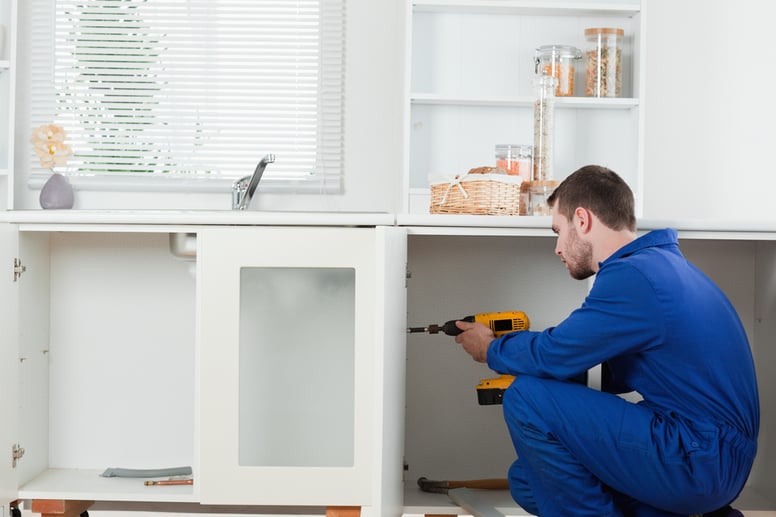4 Financing Options for Home Improvement
What is the best way to fund your next project?

Making home improvements is often a good investment. You get to enjoy a more modern, functional home, and the home's value will also increase as a result of the improvements—meaning you'll earn more when you eventually sell it.
One of the biggest questions that will come up when you start considering improvements is how you will finance the cost. Thankfully, you have options! Here is a look at a few different types of financing that are well-suited to home improvements.
1. Home Equity Loans
A home equity loan is one of the simplest and most affordable ways to finance your renovations. Technically, this is a type of mortgage, as you are borrowing against the value of your home. Say your home is worth $300,000 and you have $100,000 in equity. The bank will be willing to lend you a portion of that equity, say $50,000, to make your home improvements. You will then only have $50,000 equity in your home, but you'll pay the additional equity back over time in the form of a second mortgage.
Home equity loans usually come with a pretty low interest rate. The only downside is that you have to pay closing costs, as if you were taking out a mortgage. Also, you are using your home as collateral for the loan, so if you stop paying on the loan, the bank could foreclose on your house.
2. Home Equity Line of Credit
A home equity line of credit (HELOC) is similar to a home equity loan in that you're borrowing against the value of your home. Instead of giving you a lump sum of money all at once, the bank will allow you to spend portions of it over time. For instance, you might open a HELOC with a value of up to $50,000. You can borrow $5,000 of that one weekend, another $800 the next—just as you would with a credit card. You only pay back what you actually borrow, plus interest.
The advantage of a HELOC is that you can borrow only what you need as you make improvements. However, you're still borrowing against your home, so the bank can still foreclose if you don't make payments.
3. Cash-Out Refinance
If your mortgage has a higher interest rate than the current market rate, then you may want to obtain funds through what's known as a cash-out refinance. Basically, you will take out a mortgage on your home for more than you owe on your current mortgage, but at a lower rate. For instance, if you currently owe $80,000 at 5.5%, you can take out a $100,000 mortgage at 3.75%, giving you $20,000 cash for your improvements.
This gives you cash to make home improvements, and you'll just have more to pay back on your mortgage. A cash-out refinance can save you money on interest over time, but you will have to pay closing costs.
4. Personal Loan
If you are uncomfortable with the idea of borrowing against your home and you do not want to pay closing costs, then taking out a personal loan for home improvements is an option. Personal loans typically have higher interest rates than the other options listed above, and they are paid back over a shorter time period, such as 5 years. However, you will use something other than your home as collateral on the loan, so you won't be at risk for foreclosure if you become unable to pay on the loan.
If you are ready to make some home improvements, think carefully through these financing options. Which one is right for you really depends on your credit history, how much equity you have in your home, and how much you need to borrow.